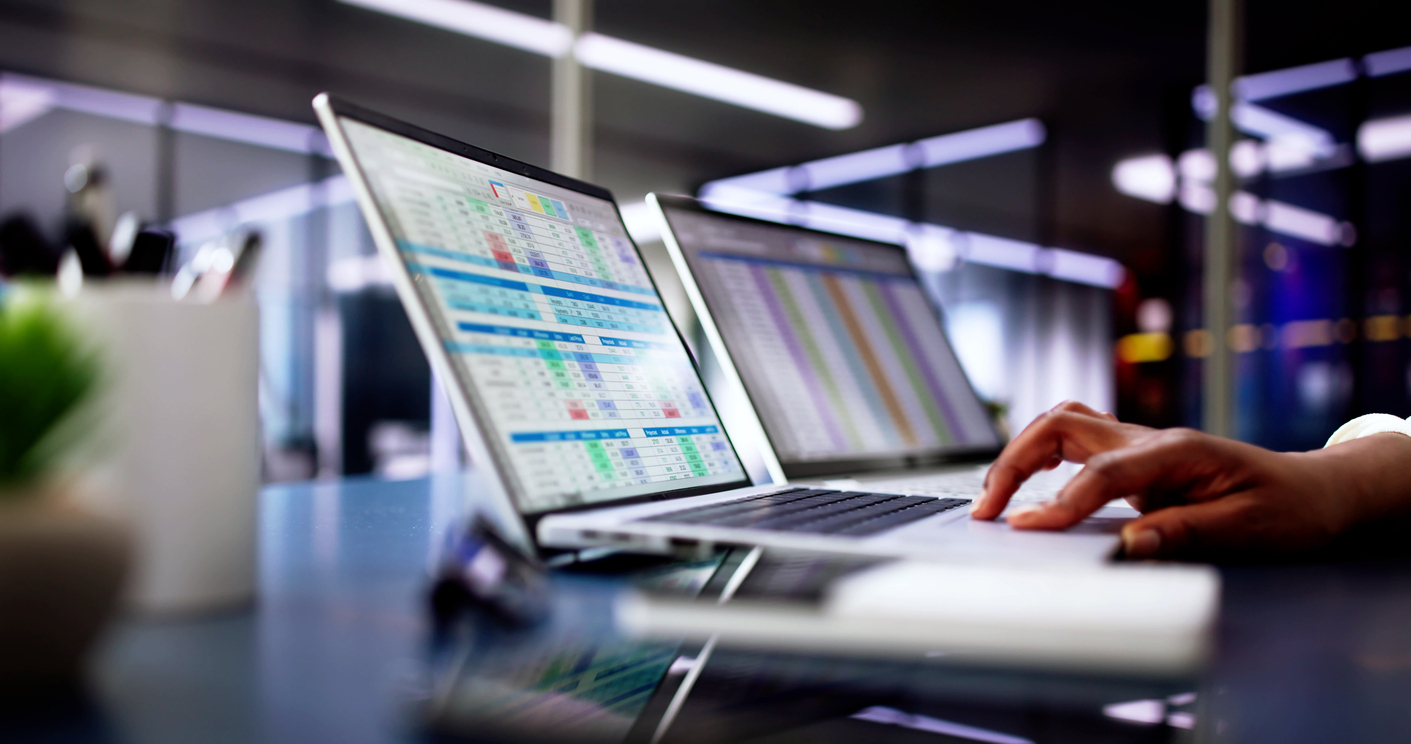
Main Takeaways:
- When new technology is first introduced, it can be difficult to predict exactly how it will be used and how that use may become an issue in litigation.
- When it comes to decentralized applications (Dapps) such as Ethereum, the major difference with applications we know well, is there is no central authority.
- Litigation will reach the decentralized doorstep at some point. When it does, a careful, educated approach to preservation, collection, and use will be key.
New technologies often create unique challenges in discovery. Often when new technology is first introduced it can be difficult to predict exactly how it will be used and how that use may become an issue in litigation. Ethereum, and the underlying capabilities associated with this protocol, is a good example.
We’ve all heard about the Bitcoin Blockchain. The Blockchain includes all the transaction information – a ledger – for the exchange of Bitcoin. This ledger is distributed across the network of its users. Distributing this information ensures there is no single point that can be corrupted to modify the ledger. Ethereum takes the idea a step further so that, in addition to simple transaction information, more complex uses of the network resources can be created.
In its original whitepaper, Ethereum was described as a decentralized, open source, computing platform that allows users to create smart contracts and decentralized applications. These services run in a distributed environment running on top of the Ethereum network. This network is called the Ethereum Virtual Machine (EVM). It allows a larger set of applications to be created, payment being only one of them.
These decentralized applications, or Dapps, aren’t all that different from applications we know well.
For example, Twitter is a simple application most of us are probably familiar with. In the case of Twitter, a user creates an account and uploads their content to the application so others who log into the application can view it. The content is stored by a central authority, Twitter, for that and other purposes. The data, at least to some degree, becomes the property of that central authority. Twitter also has the power to censor this content and monetize it or even remove a user from the application entirely if they choose.
When it comes to Dapps, the major difference is there is no central authority. For example, EtherTweet is a decentralized blogging platform similar to Twitter but because it is a Dapp, content posted to it cannot be censored.
Another example is Golem. Golem is an open source, decentralized supercomputer that anyone in the world can access. Users can rent their unused computing power to other users, creating what amounts to a global market for computing power. Within this market a user can build applications, utilize computational resources and/or offer their idle computational power in exchange for cryptocurrency tokens (GLM).
What does this mean for litigation?
Does it create questions about what is in the custody and control of a party? Does it create difficulties in attributing content to particular individuals or entities? How will the information be collected (or will it, given it is in a structure that maintains the integrity of the information)? Will parties renting computing power be responsible for what those contracts are used for? Will the distributed nodes of a Blockchain-based network replace traditional servers or cloud platforms for offering computational services?
New Dapps are being created all the time and are reaching levels of monetization that ensure more will continue to be created. Whether these tools replace existing infrastructure or create new paths for data creation and storage, one thing is certain: litigation will reach the decentralized doorstep at some point. When it does, a careful, educated approach to preservation, collection, and use will be key.




